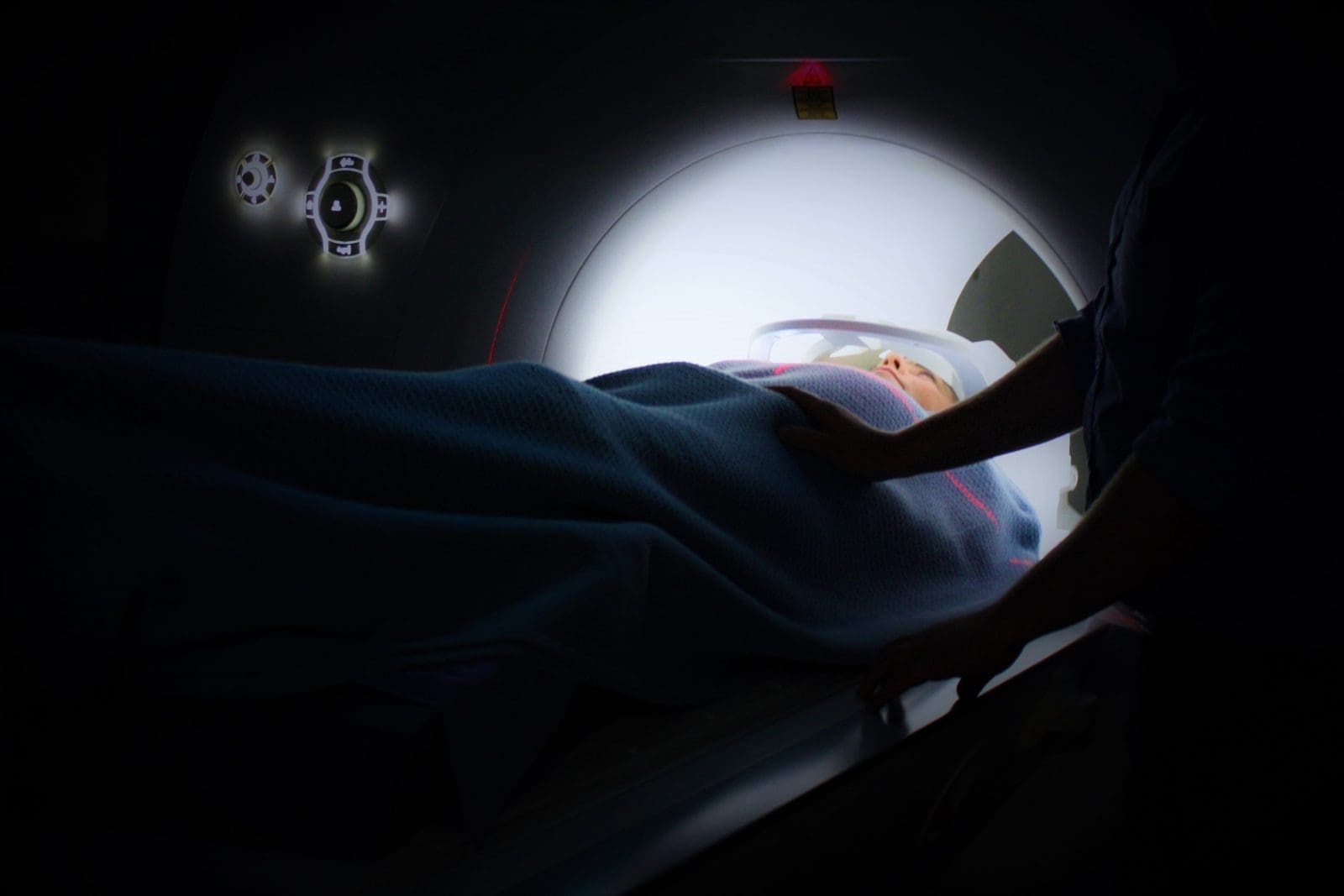
In Germany, up to 2,400 patients are diagnosed with glioblastoma annually. The disease mainly affects adults at the age of 50-70 years. After surgical intervention and radiation therapy, patients typically receive chemotherapy with the medication temozolomide. Currently, this is considered to be the most efficient scheme of glioblastoma treatment. Nevertheless, results are not satisfactory and only 15-20% of patients are still alive in 5 years after the treatment completion. That is why new approaches are being elaborated, including the innovative CUSP9 that gives patients additional months of life.
Which complaints are indicative of glioblastoma?
As a rule, glioblastoma grows fast blocking the cerebrospinal fluid and putting pressure on the nearby brain structures. In addition, it causes swelling of the surrounding brain tissue. Initial glioblastoma symptoms arise at this stage:
- Headaches accompanied by nausea and vomiting that become more severe in the morning.
- Drug-resistant seizures.
- Labored speaking, difficulties with thinking and attention focusing.
- Vision difficulties in absence of ophthalmological pathology.
- Numbness or sensory disorders in the extremities.
- Sensory changes in face (superficial and deep sensitivity).
- Mood and personality changes.
In constant presence of few symptoms it is better to contact your general practitioner or neurologist.
Which diagnostic tests will be helpful?
The final diagnosis and prognosis are established after the extensive examination:
- Neurological examination gives basic clinical information. It includes estimating muscle strength and checking reflexes, coordination tests, etc.
- MRI / CT scan makes tumor and its metastases visible. A doctor can estimate localization, size and extent of the tumor spreading.
- Biopsy with histological examination remains the mainstay. Patients of all ages should undergo a stereotactic biopsy, which is the maximal safe resection of the brain tissue. Histological and immunohistochemical examination allows distinguishing diverse types of glioblastoma.
Based on the results of imaging and histological verification, doctor elaborates treatment scheme. Thus, qualitative diagnostics is essential for receiving good outcome.
What do the conventional protocols offer?
Treatment in Germany is primarily based on the approved international protocols:
- Surgery is the standard option of radical treatment. If possible, surgeon removes the whole tumor. Tumors in the high-risk cerebral areas may be removed partially.
- MRI-guided laser ablation or stereotactic radiosurgery is more precise procedure that is performed under the intraoperative visual guidance. In addition, such intervention is more sparing.
- Chemotherapy with temozolomide and/or lomustine is applied in patients with certain MGMT promoter methylation statuses. Activity of the MGMT promoter is used to predict the response to diverse therapy modalities.
- Radiotherapy and proton therapy are applied after surgery in order to consolidate results. They also may be used as the first-line option in patients with inoperable glioblastoma.
- Immunotherapy with dendritic cell vaccines is applied as the additional measure in eligible patients.
Are there any novel treatment options?
For many years multiple experimental options of treatment for glioblastoma have failed to improve the overall survival and prevent the disease relapse. Unfortunately, frequency of the disease recurrence after the primary treatment reaches 99%. During the search of more effective glioblastoma treatment in Germany, neurosurgeon Marc-Eric Halatsch and psychiatrist Richard Kast had offered the non-conventional idea of adding 9 drugs to the standard therapy. These drugs were already used in the clinical practice but for disorders other than cancer.
The idea of CUSP9 (Coordinated Undermining of Survival Paths by 9 Repurposed Drugs) was presented in 2013. Currently, the 3rd version of the protocol is investigated in the clinical trial held by the Ulm University Hospital in Germany.
The full list of drugs includes:
- Minocycline (antibiotic of the tetracycline group).
- Aprepitant (NK-1 receptor inhibitor).
- Disulfiram (ALDH inhibitor).
- Auranofin (gold complex).
- Itraconazole (antifungal drug).
- Ritonavir (protease inhibitor).
- Celecoxib (COX inhibitor).
- Captopril (ACE inhibitor).
- Sertraline (SSRI).
What if I want to undergo therapy abroad?
Treatment of glioblastoma in Germany is available for both German citizens and foreign patients. Nevertheless, international patients have to prepare additional documents, receive treatment invitation and deal with a number of other organizational issues.
For those who have little or no relevant experience, it is safer to contact Booking Health. Booking Health is the certified medical tourism operator that assists patients from over 70 countries in:
- Making choice among few TOP recommended clinics.
- Establishing preliminary communication with the physician.
- Booking the appointment or admission date.
- Preparing medical program without repeating previous examinations.
- Professional independent monitoring of the medical program.
- Buying and forwarding of the required medicines, if necessary.
- Providing favorable cost of treatment, saving up to 50% due to additional fees exclusion.
- Final calculation control, return of unspent funds.
- Organization of follow-up examinations.
- Booking hotels and tickets, transfer organization.
- Services of the medical interpreter.
Leave your request on the website https://bookinghealth.com/ and wait for a call from a competent medical advisor the same day.

Be the first to comment